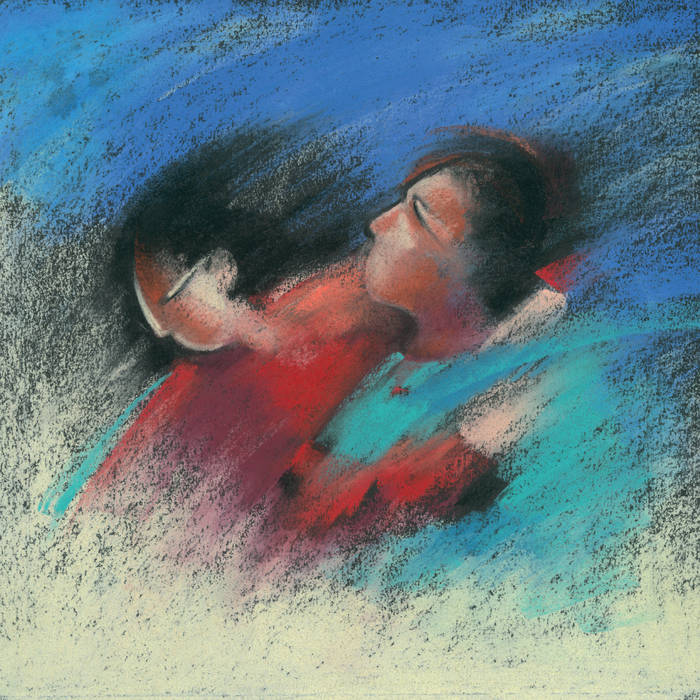 In 1992, 8-bit samplers were cutting-edge gear. This reissue of Chaleur Humaine by French siblings Danielle and Didier Jean, shows Didier's use of a sampler to reshape and project his sister’s voice into a memorable, magical-sounding dream world with barely discernible hints of doom under the glossy enveloping surface. At times it is reminiscent of the tracks "Alsee," "Criminie," "Bruma," and " Wask," on Nuno Canavarro’s Plux Quba (1988). Very different albums in some senses, but in a wildly imperfect analogy, the recognizable voice parts on Plux are like Elizabeth Fraser hiccuping through tubes in an Yves Tanguy surrealist painting whereas Chaleur resembles Virginia Astley and Sheila Chandra harmonizing with helium-high hedgehogs in a symbolist landscape by Marc Chagall.
In 1992, 8-bit samplers were cutting-edge gear. This reissue of Chaleur Humaine by French siblings Danielle and Didier Jean, shows Didier's use of a sampler to reshape and project his sister’s voice into a memorable, magical-sounding dream world with barely discernible hints of doom under the glossy enveloping surface. At times it is reminiscent of the tracks "Alsee," "Criminie," "Bruma," and " Wask," on Nuno Canavarro’s Plux Quba (1988). Very different albums in some senses, but in a wildly imperfect analogy, the recognizable voice parts on Plux are like Elizabeth Fraser hiccuping through tubes in an Yves Tanguy surrealist painting whereas Chaleur resembles Virginia Astley and Sheila Chandra harmonizing with helium-high hedgehogs in a symbolist landscape by Marc Chagall.
A poem recurs throughout Chaleur Humaine in a variety of languages, including English, Russian, Arabic, Hebrew, and Vietnamese: "It’s this force, almost animal, warm, like a kiss, fresh like the morning dew, that we call human warmth" but not even that can derail this sultry cinematic music. Wordless vocalizing is used as glitchy percussive punctuation and haunting backdrop. Spoken word combines with splashes of metallic synth, angelic and robotic gibbering, as Didier digitally accelerates, delays and reverses sound sources to create an ambient landscape across which the imagination may travel. I felt I was in a futuristic sound sauna one minute and the next was at the wheel of a car, filmed from above, speeding across deserts, gliding over bridges, and easing through streets ablaze with neon nightlife.


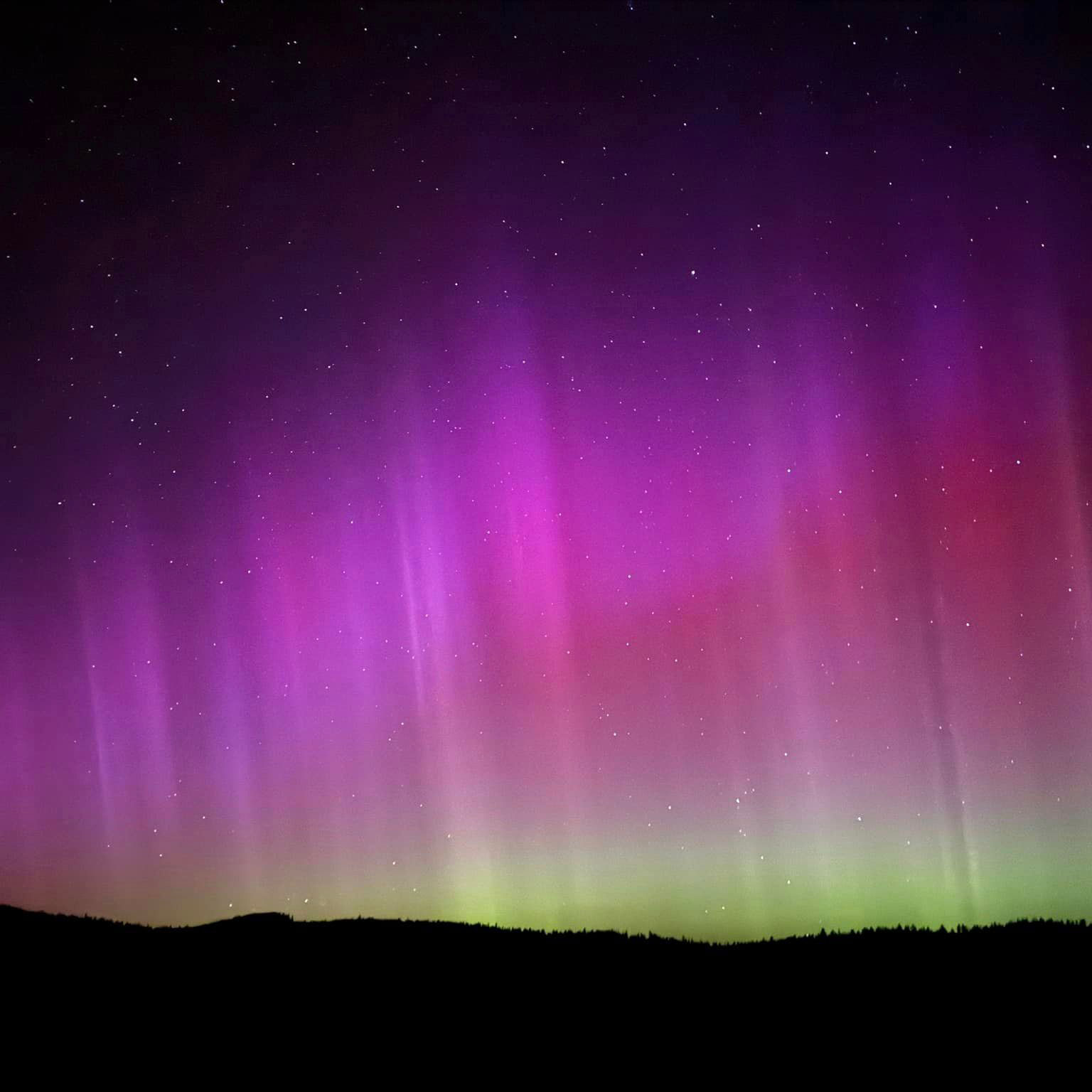
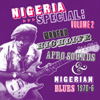 This is purportedly the final album in Soundway’s excellent Nigeria Special series (a fact that causes me no small amount of pain), but at least it is concluding in fine form. While some of the previous albums may have hit higher highs, the breezy, laid-back songs collected here might be the most consistently strong and listenable batch yet (though without entirely forgoing eccentricity). This will likely be the soundtrack for my summer.
This is purportedly the final album in Soundway’s excellent Nigeria Special series (a fact that causes me no small amount of pain), but at least it is concluding in fine form. While some of the previous albums may have hit higher highs, the breezy, laid-back songs collected here might be the most consistently strong and listenable batch yet (though without entirely forgoing eccentricity). This will likely be the soundtrack for my summer.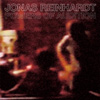 Few current artists are as conspicuously detached from their own era as San Francisco’s Jonas Reinhardt, as there is essentially nothing on Powers of Audition or 2008’s self-titled debut that betrays any inspiration gleaned from the last two decades of recorded music (or culture in general). Nevertheless, his influences are pretty eclectic within the narrow confines of analog’s golden age, as hints of space rock, early synth experimentalism, krautrock, and forgotten cult film soundtracks all find their way into his defiantly dated aesthetic.
Few current artists are as conspicuously detached from their own era as San Francisco’s Jonas Reinhardt, as there is essentially nothing on Powers of Audition or 2008’s self-titled debut that betrays any inspiration gleaned from the last two decades of recorded music (or culture in general). Nevertheless, his influences are pretty eclectic within the narrow confines of analog’s golden age, as hints of space rock, early synth experimentalism, krautrock, and forgotten cult film soundtracks all find their way into his defiantly dated aesthetic.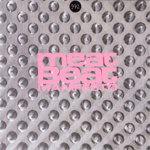 99% is the record that significantly expanded Meat Beat Manifesto’s audience by narrowing the band’s sound. It was somehow smaller, cleaner, and less ambitious than the records before it, but it managed to give the band a voice that a wider audience could understand.
99% is the record that significantly expanded Meat Beat Manifesto’s audience by narrowing the band’s sound. It was somehow smaller, cleaner, and less ambitious than the records before it, but it managed to give the band a voice that a wider audience could understand.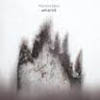 Lopez’ music has a way of getting under my skin, in the same way the faint whine from fluorescent lights and computer screens in an office or the background hum of refrigerators and appliances at home do. While listening to Amarok it becomes part of the environment and the mind filters out its steady subliminal assault. At times I almost forgot I had an album playing, but then the pressure either built up with noise reasserting itself, or it halted abruptly at which times I felt an immediate sense of ease and relaxation. These moments don’t last though and the underlying anxiety (both frigid and animalistic) inevitably returns.
Lopez’ music has a way of getting under my skin, in the same way the faint whine from fluorescent lights and computer screens in an office or the background hum of refrigerators and appliances at home do. While listening to Amarok it becomes part of the environment and the mind filters out its steady subliminal assault. At times I almost forgot I had an album playing, but then the pressure either built up with noise reasserting itself, or it halted abruptly at which times I felt an immediate sense of ease and relaxation. These moments don’t last though and the underlying anxiety (both frigid and animalistic) inevitably returns. What initially drew me to Anthony Mangicapra’s work was his reminiscence to classic Nurse With Wound and irr. app. (ext.) pieces and over the last few years his own style has become more distinct, his own artistic voice becoming a firm command to listen. On this cassette, the sound he has been developing appears to have undergone another shift and both sides of the tape reveal new facets of his approach to sound.
What initially drew me to Anthony Mangicapra’s work was his reminiscence to classic Nurse With Wound and irr. app. (ext.) pieces and over the last few years his own style has become more distinct, his own artistic voice becoming a firm command to listen. On this cassette, the sound he has been developing appears to have undergone another shift and both sides of the tape reveal new facets of his approach to sound.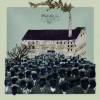 Among the current crop of instrumental bands that worship at the shrine of Cluster, Tangerine Dream, and Manuel G√∂ttsching, Roll the Dice are perhaps the most underrated. In the wake of their enjoyable, self-titled debut on Digitalis last year, In Dust is a massive step forward‚Äîas striking and cinematic as the best synth-based albums I've heard in recent years.
Among the current crop of instrumental bands that worship at the shrine of Cluster, Tangerine Dream, and Manuel Göttsching, Roll the Dice are perhaps the most underrated. In the wake of their enjoyable, self-titled debut on Digitalis last year, In Dust is a massive step forward—as striking and cinematic as the best synth-based albums I've heard in recent years.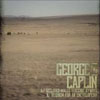 After a brief introductory song that sets the languid tone, the second throws out a hook with a luxurious bass line, reeling me in. At this point bootgazing becomes the order of the day. On their seventh release the duo easily straddles starry eyed left-field pop and drones as expansive as America's western plains.
After a brief introductory song that sets the languid tone, the second throws out a hook with a luxurious bass line, reeling me in. At this point bootgazing becomes the order of the day. On their seventh release the duo easily straddles starry eyed left-field pop and drones as expansive as America's western plains.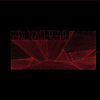 Frank Baugh has been beguiling me with his warm and wobbly soundscapes for a couple of years now, but this is his first "proper" album.  I wasn't quite sure what to expect, as I have only heard a fraction of his vast catalog of limited-edition tapes and CD-Rs, making it very difficult to follow his chronological evolution. Also, I was secretly hoping that he was holding back some truly staggering material for his auspicious vinyl debut. After hearing it, I don’t think Fields and String eclipses his past work, takes things to another level, or delivers any major surprises, but it certainly reaffirms what myself and Frank's small-but-devoted following already knew: he makes some uniquely beautiful music.
Frank Baugh has been beguiling me with his warm and wobbly soundscapes for a couple of years now, but this is his first "proper" album.  I wasn't quite sure what to expect, as I have only heard a fraction of his vast catalog of limited-edition tapes and CD-Rs, making it very difficult to follow his chronological evolution. Also, I was secretly hoping that he was holding back some truly staggering material for his auspicious vinyl debut. After hearing it, I don’t think Fields and String eclipses his past work, takes things to another level, or delivers any major surprises, but it certainly reaffirms what myself and Frank's small-but-devoted following already knew: he makes some uniquely beautiful music. This rather unusual anthology compiles the nascent works of pioneering electronic/computer composer Pietro Grossi and several of his contemporaries and collaborators. Unsurprisingly, the music assembled is often quite challenging, discordant, minimal, somewhat primitive, and historically important. Unexpectedly, however, several of these 40-year-old pieces sound like they could have been recorded today. I am not sure how much direct influence Grossi may have had on the contemporary electronic avant-garde scene (given the historic rarity of his recordings), but he certainly anticipated and explored many now-commonplace elements of extreme/outré music decades before the rest of the world caught on.
This rather unusual anthology compiles the nascent works of pioneering electronic/computer composer Pietro Grossi and several of his contemporaries and collaborators. Unsurprisingly, the music assembled is often quite challenging, discordant, minimal, somewhat primitive, and historically important. Unexpectedly, however, several of these 40-year-old pieces sound like they could have been recorded today. I am not sure how much direct influence Grossi may have had on the contemporary electronic avant-garde scene (given the historic rarity of his recordings), but he certainly anticipated and explored many now-commonplace elements of extreme/outré music decades before the rest of the world caught on.
